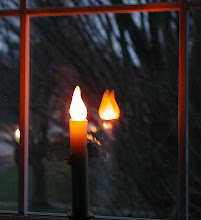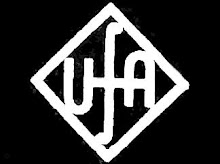(photo by Gus Palmer)
(Ginnungapa is the immense, yawning void before creation in Norse mythology)
Reading in The Guardian a very interesting article on the Romanian countryside:
The Murderers Next Door
Adam Nicolson
Thursday 19 November 2015 01.00 EST Last modified on Thursday 19 November 2015 01.05 EST
http://www.theguardian.com/world/2015/nov/19/the-murderers-next-door-romania
...Every piece of land is important here. People in Maramureş, with an inheritance of poverty and crowdedness, are what they are because of the land they have. Land is a constituent of the person. To enter another man’s land, particularly the yard around his house, is as intimate a penetration as putting your fingers in his mouth. A sophisticated, multilingual journalist in Baia Mare, who did not want to be named, told me that if someone came “into his land” – that was his expression, as if the land were an entirely enclosed space – he would kill him. “It is a border he has crossed. And when he sees my eyes he would understand. It has happened to me, men coming on to the land with guns. I told them they had to leave within 10 seconds. ‘If you enter again, I don’t give you the chance.’”
[...]
After the 1848 revolutions in the Austro-Hungarian empire, of which Transylvania was a part, the serfs were liberated and allowed to own the land they had previously worked for the nobility. From the 1860s onwards, each fragmented, multi‑strip holding was carefully mapped in a meticulous register. There were many local ways of policing this complex pattern of land ownership. Villages employed field wardens, gornici, to mediate in arguments between neighbours: where the boundaries lay, where cattle could or could not graze, whose hay grew in which meadow. The gornici were organised by a birau, a “mayor of the fields”, paid by the village, either through a local tax or by receiving the fines raised from malefactors.
But little was stable here. After the defeat of Austria-Hungary in the first world war, 3.9m hectares were distributed to Romanian peasants; in 1945 a further 1.4m hectares were expropriated from the German peasants and one million hectares redistributed...
It is a good story, but this gap from the revolutionary era of 1848 to 1918 covers a lot of territory, and it seems likely that it was germane to explaining the people of the area.
The Romanians lived in the Hungarian section of the Dual Monarchy of Austri-Hungary. If they had lived in the Austrian half, the liberation of the serfs would have been followed by real intermittent efforts to promote Romanian interests, but the Hungarian aristocracy was mainly interested in maintaining a medieval form of control over the foreign peoples under its control.
The urban Jewish population was in a unique situation, too. This background helps to understand many of the prominent Hungarian Jewish scientists who have had an enormous influence of the 20th century: John von Neumann, Leo Szilard, Edward Teller, Eugene Wigner, Theodore von Kármán among others.
The history of Central Europe is very pertinent to our places in the present, only we are very ignorant of most of it.
--


















No comments:
Post a Comment